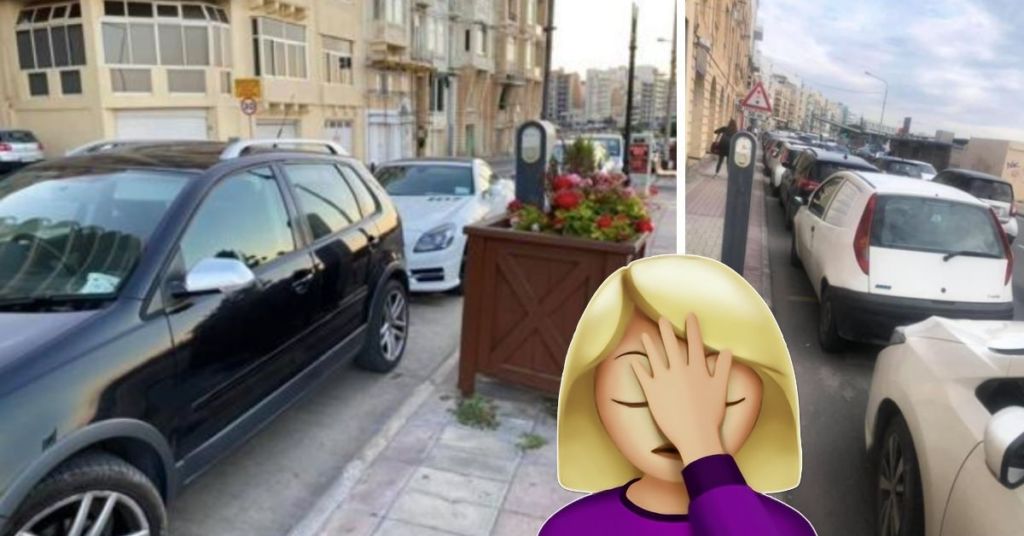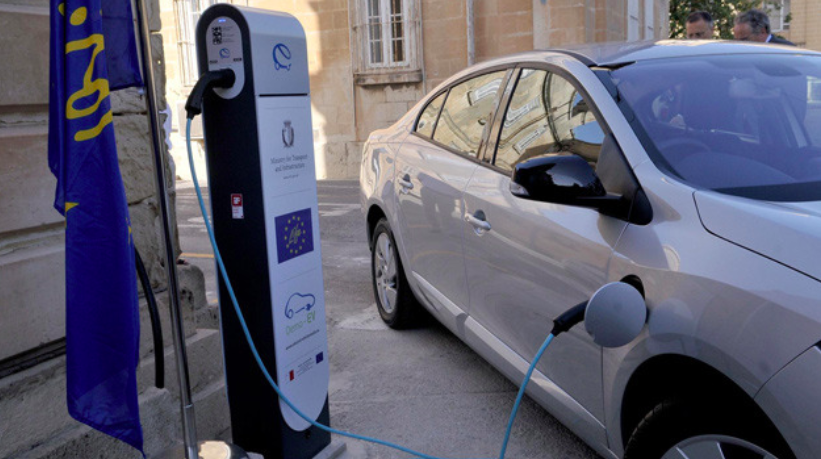Daily Public Charging Frustrations Of A Maltese Electric Car Owner Who Doesn’t Have A Garage

Malta plans to replace 65,000 conventional cars with electric and hybrid ones by 2030, but quite a bit of work needs to be done on the ground if this is really to become a reality.
Lovin Malta spoke to Waylon Johnston, a Maltese man who has owned an electric car for the past four years and who doesn’t have his own garage, meaning he must make use of public charging pillars.
“Everything was fine when I bought my electric car four years ago, but there are now around 8,000 electric and hybrid cars,” he said.
“It was fine when I had a garage as I would just park it there and charge it overnight but now I don’t there’s way too much hassle – it’s not worth buying an electric car in Malta unless you have a garage.”
There are currently around 56 activated public charging pillars across Malta, providing a total of 102 charging points, with the number barely increasing in recent years.

“The biggest problem is the positions of the public charging pillars,” Johnston said. “Some cars connect to chargers from their bonnet, while some connect to them from the left or right side of the car.”
“Depending on which car you have, the pillars can be in such an awkward position that sometimes you’d have to reverse your car the wrong way down a main road to get into the proper charging position.”
He added that other pillars have cables sticking out onto the road, meaning there’s a risk that cars and scooters might drive by and hit them.
Besides the positions of the pillars, electric car drivers also frequently encounter situations of pillar-hogging – both by other electric car drivers who leave their cars plugged in long after they’ve been fully charged and by regular car users who use them as parking spots.
“Owners are notified via an app once charging is complete but sometimes they leave them parked there,”
“Once a car is locked into a charger, no one besides the owner can unplug it, so you have to stay calling the police or the local council, telling them to contact the owner and waiting for them to arrive if they even do.”
“There are no fines envisaged by law, and you don’t get charged extra for electricity once the car has been fully charged.”
“The idea of electric cars is to top them up with charge as you go, not to go from 100 charge to zero charge and then back to 100 like a regular car or a mobile phone. You’re meant to plan ahead, find out where the charging points are and charge your car en route to a destination.”

Energy Minister Miriam Dalli
From his experience on the roads, Johnston feels that while the government often talks a big game about electric car reforms, there isn’t a proper push to do things properly.
“They splashed €20 million on a racetrack but then miss the basic infrastructure for electric vehicles,” he said.
Besides installing more public chargers, he believes the government should also renovate the current ones to make it immediately obvious to all drivers that they’re reserved for electric cars.
“The pillars look so old that I don’t even blame regular car users for thinking they’re non-functional and parking there,” he said.
“The parking spaces themselves should be clearly painted green so people immediately realise they’re reserved for electric vehicles with clearly visible warnings on poles that non-electric vehicles will be towed.”
Luke Zammit, an administrator of the Facebook group Electric Vehicles Malta Community, concurred with Johnston’s point of view.
He told Lovin Malta that while recharging an electric car is around one-sixth to one-eighth the cost of filling up a regular car with fuel, there are too few public charging points in certain towns with a relatively high density of electric car users.
“Towns like Ta’ Xbiex and Sliema need more charging pillars, but then the two charging pillars in the hill leading up to Iklin is always empty.”
He also questioned why several new public charging pillars, including 20 rapid chargers, that have been installed over the past year and a half have yet to be activated.
Besides more visible signage for charging pillars, Zammit also suggested higher tariffs for people who leave their cars overcharging.
Back in February, Energy Minister Miriam Dalli pledged to install 130 new charging pillars, providing a total of 260 charging points, in strategic spots over the coming year.
A draft national strategy for public charging points also includes a proposal to incentivise the private sector to invest in public charging points.
Cover photos: Photos of regular cars hogging up electric car charging points that have been posted in the Electric Vehicles Malta Community Facebook group
Do you own an electric car? Let us know your experience of the public charging points in the comment section